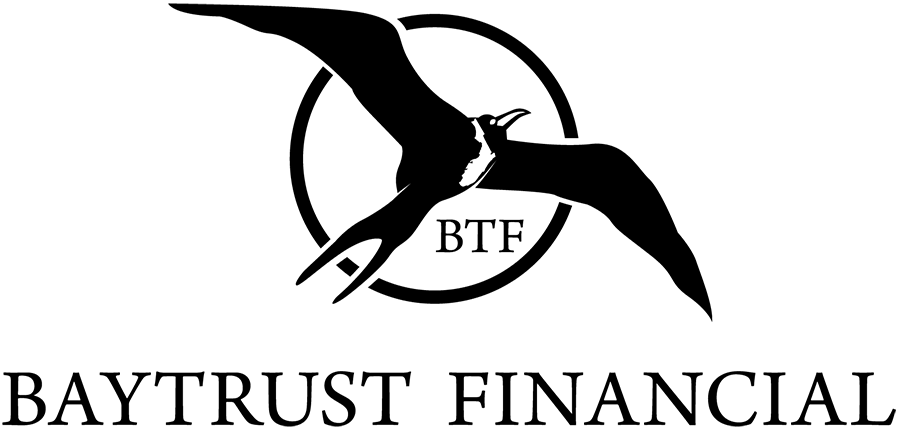
For decades, private markets were an investment category for large institutions like universities, endowments, and pension funds. The common thread connecting these institutions: deep pockets, very long time horizons, and the ability to trade liquidity for the possibility of higher returns.
Those days may be changing.
A new policy shift could soon make private market investments available to millions of everyday Americans through their 401(k)s. The idea is simple and marketable: private markets promise diversification, the potential for higher returns, and supposedly smoother performance than public stocks and bonds.1
But investors would do well to approach this new frontier with caution. The evidence suggests the benefits of private-market investing are overstated, while the risks aren’t fully understood and/or appreciated.
Start with the idea that private assets are less volatile. Data can make it appear that way, but it’s largely a matter of accounting. Because private holdings aren’t traded on open exchanges, their prices don’t update in real time. The result is what is known as “volatility laundering,” whereby risk looks more measured on paper than in practice. A recent analysis from Morningstar found that private assets can, in fact, be more speculative and leveraged than their public counterparts, with “stability” often reflecting a lack of transparency, not lower risk.
Performance is another area where the marketing outpaces the math.
The most common measure of private equity success, the internal rate of return (IRR), is not comparable to the annualized returns investors see on mutual funds, ETFs, or statements for separately managed accounts. IRRs can look impressive because they measure money flows rather than time, and early distributions can artificially inflate results. A 15% IRR does not mean the investor actually earned a 15% compounded annual return.
When researchers use better apples-to-apples performance comparisons, such as the private market equivalent (PME), which asks whether investors would have done better in a public index fund, the results become more clear-eyed. Median private equity returns have historically matched, not beaten, the public market once an investor accounts for fees, leverage, and liquidity. The averages tend to be pulled up by a small number of big winners, but most funds fall short.
What I’m describing above about private funds is not well known, and it may result in a rush to bring these strategies and products to the retail market, with many investors eager to participate. Asset managers are launching “semi-liquid” funds that blend private and public holdings, with limited redemption windows and higher fees. But if markets sour and redemptions surge, liquidity strains could ripple across the system.
For retirement savers, this investment trend raises a fundamental question: why complicate what’s already working? In my view, everyday investors do not necessarily need exposure to opaque, expensive funds to build wealth. Broadly diversified portfolios of stocks and bonds have delivered competitive long-term returns with full liquidity and far lower costs over time.
I’m not saying private investments have no place in a portfolio. For investors with the means, the patience, and the ability to evaluate managers closely, private funds can add diversification and potentially enhance returns. But for most 401(k) savers, the rush to “democratize” private equity looks more like a marketing push than a breakthrough in access. ‘Democratizing’ an asset class doesn’t necessarily democratize its best opportunities, which will likely remain reserved for the largest institutions.
Bottom Line for Investors
The growing push to open private markets to retail investors may sound like progress, but it’s worth remembering what makes retirement investing work in the first place: transparency, liquidity, and discipline. Public markets already give investors the ability to own a slice of long-term, global economic growth at a minimal cost. Adding complex, illiquid, and high-fee products to that mix could make retirement portfolios harder to manage, not necessarily better diversified.
The irony, in my view, is that the more these private funds are adapted to meet retail needs, by trading more frequently or disclosing more information, the more they start to behave like public markets. That reduces the so-called “illiquidity premium,” which is the very feature designed to produce higher returns in the first place.
1 Wall Street Journal. October 27, 2025. https://advisor.zacksim.com/e/376582/edit-winter-is-coming-cb016ec5/5tscfk/1373516278/h/R__iaeT5-tqrMLFa71Y4O_Lo9ER76L4IBY4ZAila6zs
DISCLOSURE
Past performance is no guarantee of future results. Inherent in any investment is the potential for loss.
Zacks Investment Management, Inc. is a wholly-owned subsidiary of Zacks Investment Research. Zacks Investment Management is an independent Registered Investment Advisory firm and acts as an investment manager for individuals and institutions. Zacks Investment Research is a provider of earnings data and other financial data to institutions and to individuals.
This material is being provided for informational purposes only and nothing herein constitutes investment, legal, accounting or tax advice, or a recommendation to buy, sell or hold a security. Do not act or rely upon the information and advice given in this publication without seeking the services of competent and professional legal, tax, or accounting counsel. Publication and distribution of this article is not intended to create, and the information contained herein does not constitute, an attorney-client relationship. No recommendation or advice is being given as to whether any investment or strategy is suitable for a particular investor. It should not be assumed that any investments in securities, companies, sectors or markets identified and described were or will be profitable. All information is current as of the date of herein and is subject to change without notice. Any views or opinions expressed may not reflect those of the firm as a whole.
Any projections, targets, or estimates in this report are forward looking statements and are based on the firm’s research, analysis, and assumptions. Due to rapidly changing market conditions and the complexity of investment decisions, supplemental information and other sources may be required to make informed investment decisions based on your individual investment objectives and suitability specifications. All expressions of opinions are subject to change without notice. Clients should seek financial advice regarding the appropriateness of investing in any security or investment strategy discussed in this presentation.
Certain economic and market information contained herein has been obtained from published sources prepared by other parties. Zacks Investment Management does not assume any responsibility for the accuracy or completeness of such information. Further, no third party has assumed responsibility for independently verifying the information contained herein and accordingly no such persons make any representations with respect to the accuracy, completeness or reasonableness of the information provided herein. Unless otherwise indicated, market analysis and conclusions are based upon opinions or assumptions that Zacks Investment Management considers to be reasonable. Any investment inherently involves a high degree of risk, beyond any specific risks discussed herein.
The S&P 500 Index is a well-known, unmanaged index of the prices of 500 large-company common stocks, mainly blue-chip stocks, selected by Standard & Poor’s. The S&P 500 Index assumes reinvestment of dividends but does not reflect advisory fees. The volatility of the benchmark may be materially different from the individual performance obtained by a specific investor. An investor cannot invest directly in an index.
The Russell 1000 Growth Index is a well-known, unmanaged index of the prices of 1000 large-company growth common stocks selected by Russell. The Russell 1000 Growth Index assumes reinvestment of dividends but does not reflect advisory fees. An investor cannot invest directly in an index. The volatility of the benchmark may be materially different from the individual performance obtained by a specific investor.
Nasdaq Composite Index is the market capitalization-weighted index of over 3,300 common equities listed on the Nasdaq stock exchange. The types of securities in the index include American depositary receipts, common stocks, real estate investment trusts (REITs) and tracking stocks, as well as limited partnership interests. The index includes all Nasdaq-listed stocks that are not derivatives, preferred shares, funds, exchange-traded funds (ETFs) or debenture securities. An investor cannot invest directly in an index. The volatility of the benchmark may be materially different from the individual performance obtained by a specific investor.
The Dow Jones Industrial Average measures the daily stock market movements of 30 U.S. publicly-traded companies listed on the NASDAQ or the New York Stock Exchange (NYSE). The 30 publicly-owned companies are considered leaders in the United States economy. An investor cannot directly invest in an index. The volatility of the benchmark may be materially different from the individual performance obtained by a specific investor.
The Bloomberg Global Aggregate Index is a flagship measure of global investment grade debt from twenty-four local currency markets. This multi-currency benchmark includes treasury, government-related, corporate and securitized fixed-rate bonds from both developed and emerging markets issuers. An investor cannot invest directly in an index. The volatility of the benchmark may be materially different from the individual performance obtained by a specific investor.
The ICE Exchange-Listed Fixed & Adjustable Rate Preferred Securities Index is a modified market capitalization weighted index composed of preferred stock and securities that are functionally equivalent to preferred stock including, but not limited to, depositary preferred securities, perpetual subordinated debt and certain securities issued by banks and other financial institutions that are eligible for capital treatment with respect to such instruments akin to that received for issuance of straight preferred stock. An investor cannot invest directly in an index. The volatility of the benchmark may be materially different from the individual performance obtained by a specific investor.
The MSCI ACWI ex U.S. Index captures large and mid-cap representation across 22 of 23 Developed Markets (DM) countries (excluding the United States) and 24 Emerging Markets (EM) countries. The index covers approximately 85% of the global equity opportunity set outside the U.S. An investor cannot invest directly in an index. The volatility of the benchmark may be materially different from the individual performance obtained by a specific investor.
The Russell 2000 Index is a well-known, unmanaged index of the prices of 2000 small-cap company common stocks, selected by Russell. The Russell 2000 Index assumes reinvestment of dividends but does not reflect advisory fees. An investor cannot invest directly in an index. The volatility of the benchmark may be materially different from the individual performance obtained by a specific investor.
The S&P Mid Cap 400 provides investors with a benchmark for mid-sized companies. The index, which is distinct from the large-cap S&P 500, is designed to measure the performance of 400 mid-sized companies, reflecting the distinctive risk and return characteristics of this market segment.
The S&P 500 Pure Value index is a style-concentrated index designed to track the performance of stocks that exhibit the strongest value characteristics by using a style-attractiveness-weighting scheme. An investor cannot directly invest in an index. The volatility of the benchmark may be materially different from the individual performance obtained by a specific investor.





